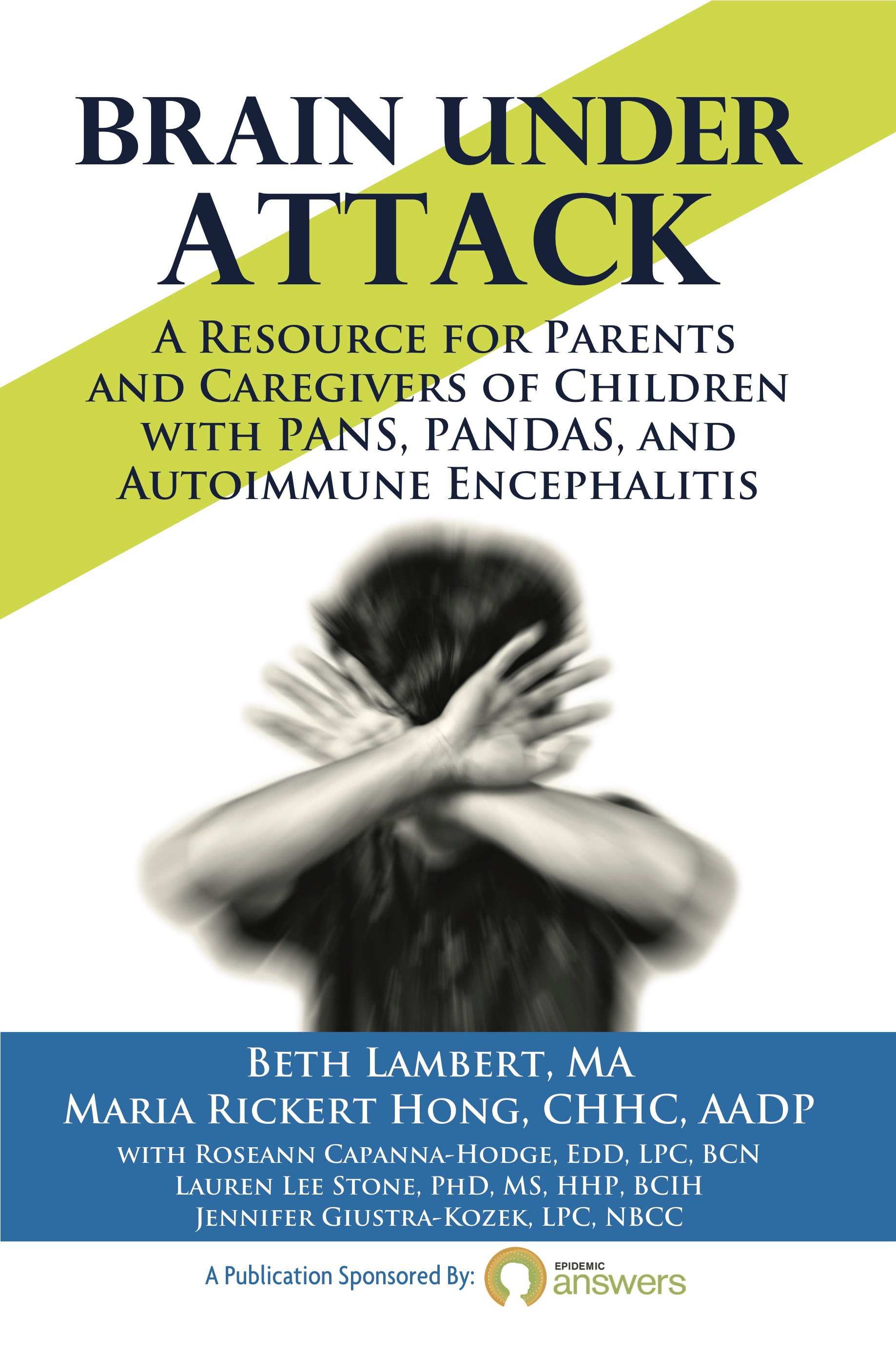
Primal Cuisine: Cooking for the Paleo Diet
What is the primal diet? Heck, what is the Paleo diet?
As the author of “Primal Cuisine: Cooking for the Paleo Diet“, Pauli Halstead, explains in this video: “It’s the diet that humans evolved on, which consists of wild meat and fish, found vegetables and nuts, seeds and berries.”
She also tells us that “It’s a very good diet if you’re diabetic or have weight problems because it has virtually no carbohydrates.”
I would go further and say that it’s good for anyone with gut dysbiosis and/or autoimmune and/or neurological disorders, such as autism, ADHD, sensory processing disorder, asthma, Parkinson’s, multiple sclerosis, etc.I don’t have exact statistics on that, but I’d guess that includes a large majority of the population.
It’s more than just a low-carb diet; it’s about getting the most nutrients into your body as quickly as possible.
Paleo/primal foods have significantly higher amounts of vitamins, minerals, antioxidants, polyphenols and other phytonutrients than processed foods because these are foods that were raised/grown as they naturally do.
That means that chickens are eating bugs and cows are eating grass, instead of eating inflammatory corn and soy that they weren’t designed to (even if they’re raised on organic corn and soy, which is why I don’t even recommend organic meats), much as the Weston A. Price Foundation recommends.
Just to prove a point: have you ever eaten an egg from a pasture-raised hen? The yolks are a dark orange instead of the pale yellow that you find in factory-farmed, supermarket eggs. Bright colors like this dark orange in food are a sign of higher amounts of nutrients.
A Paleo/primal diet also means that fruits and vegetables are grown without pesticides.
Speaking of fruit and sweet things, Pauli’s book explains that are ancestors had very little to no access to sweet things, which by the way, take a lot more nutrients to process, so eating them, especially processed ones, is like robbing Peter to pay Paul.
That’s why I’m always a little confused when I see an abundance of “Paleo dessert” recipes using loads of honey. I think a little honey is OK if you’re being a Paleo purist, but not to the amount that I see in most recipes. Pauli uses stevia as a sweetener in her dessert recipes.
That’s why I don’t claim that the GAPS/SCD dessert recipes that I have on my website are Paleo because they use more than just a little honey.
Pauli’s book goes on to say that it’s more than just not eating processed foods; it’s also about raising our food sustainably and humanely.
Her book does a fine job of explaining how to select quality Paleo foods (which should be in anyone’s diet, not just a Paleo-diet follower).
She explains how the right kinds of fats (and, no, I don’t mean vegetable oils because, contrary to what we’ve been told, they are SO not healthy – do your research!) are essential for proper health.
She also writes about many food subjects close to my heart: the health risks of GMO food, antibiotics in the food supply, the evils of gluten and the sanctity of raw milk.
So not only does the book do an excellent and concise job of educating about how to select quality foods (Paleo diet or not), it’s also got some great recipes (of course)!
Even if you’re not following the Paleo diet, anyone who wants to reduce the amount of grains/carbs in their diets should try these recipes. Here are some of my favorites:
- Thai Beef Satay with Thai Spicy Almond Sauce
- Cauliflower Rice
- Pan-seared Salmon with Avocado Slices & Lime Dressing
- Pad Thai
- Coconut Milk Panna Cotta with Raspberries & Raspberry Sauce
- I Am Bright Avocado-Lime Pie
Many of the recipes have a Thai or Mexican flair. Yum!
Both the book and Pauli’s website have lots of great resources for sourcing the kinds of farms and food suppliers of pasture-raised animal products as well as organic fruit and vegetables. The website also has information about growing your own food, whether it’s plants, chickens or community gardening.
You can find the Facebook page for this book here.


